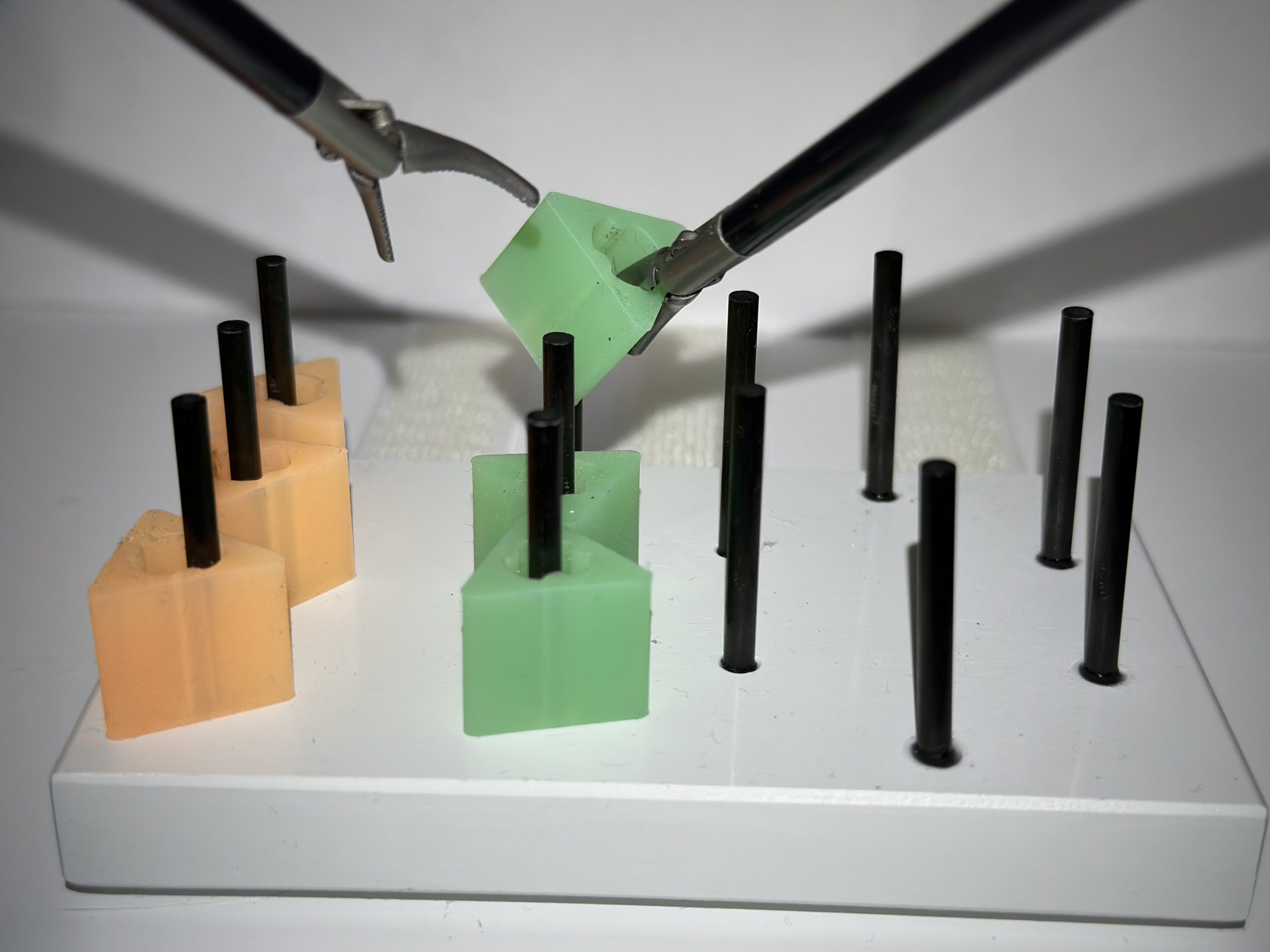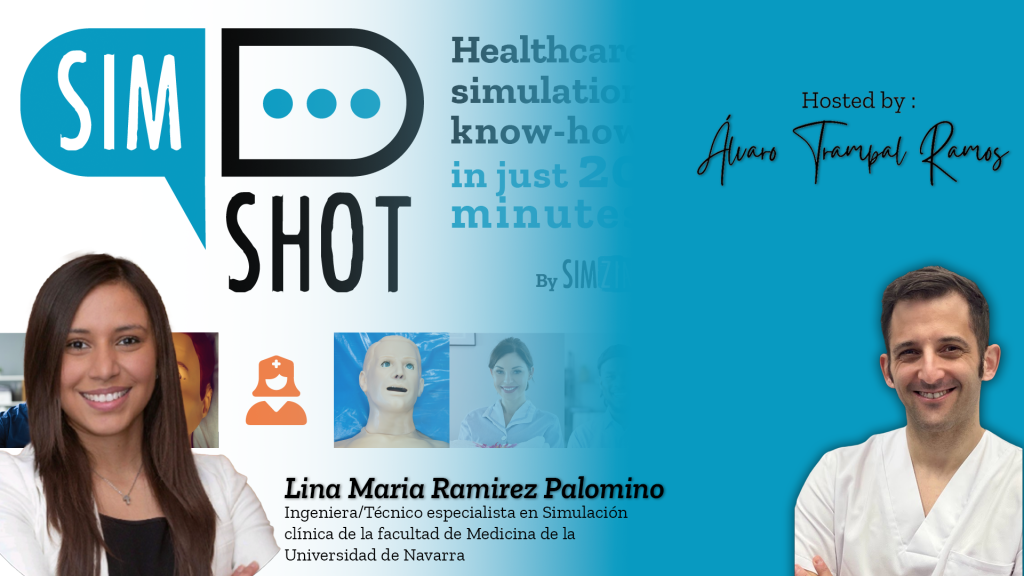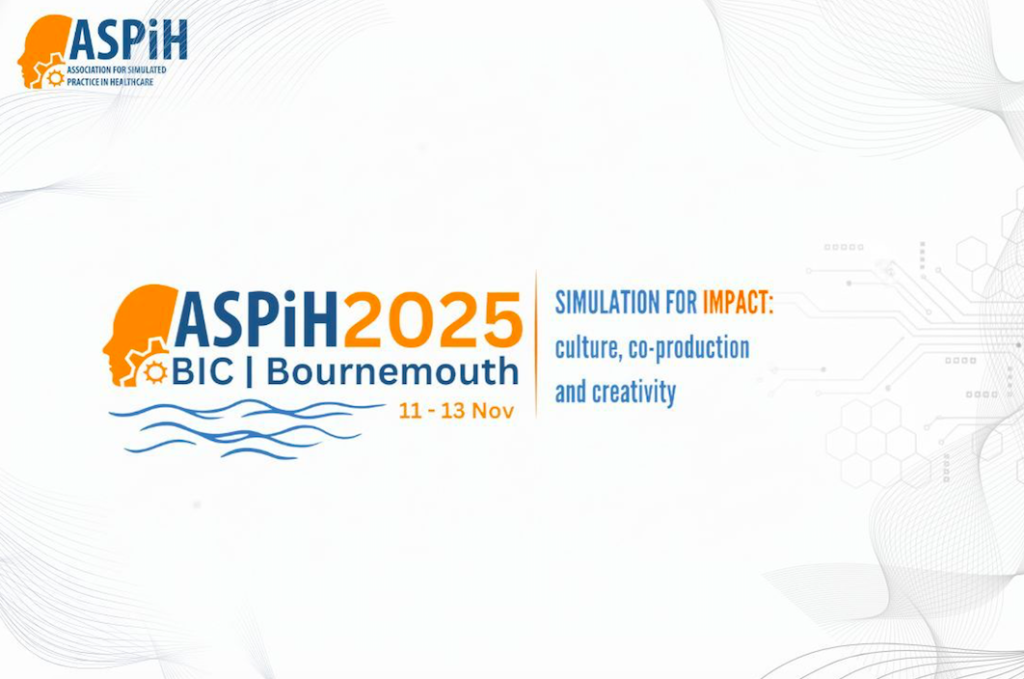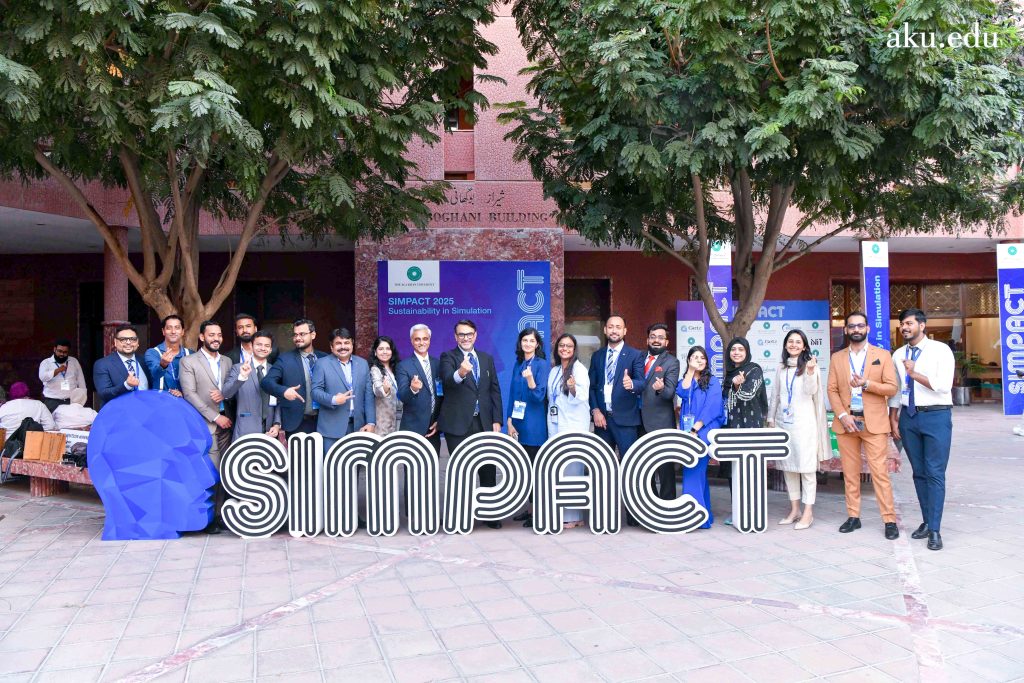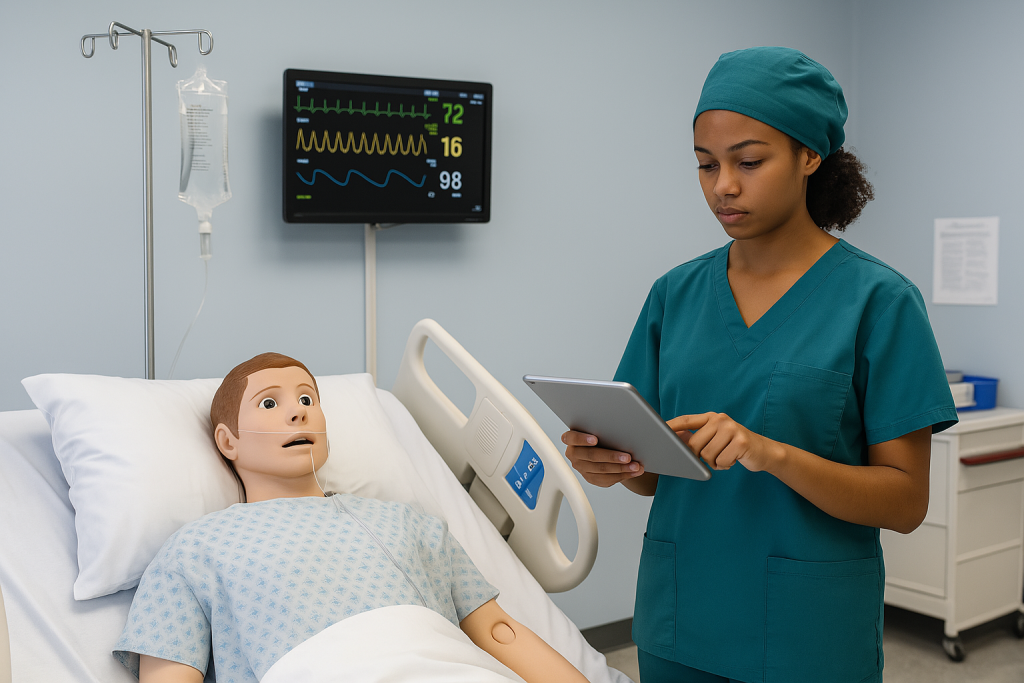Maxim Gorshkov highlights the need for systematic and objective assessment of young surgeons’ skills before they are allowed to operate on patients. Current training systems may lead to potential patient harm and inefficiencies. He advocates for mandatory simulation-based training and objective testing to ensure surgeons achieve necessary competencies, supported by national medical bodies.
OMG!
Drivers without permits have flooded the motorways – such a headline would indeed alarm the readers of any magazine – it’s a good thing it’s not true. A similar headline, “Surgeons without licenses operate on patients”, would for sure have left no one indifferent. Fortunately, surgeons cross the doors of the operating theatre not only having passed the theoretical exam, but also having demonstrated and objectively proven that they can place the knots quickly and securely, suture tightly bowel anastomosis, and catheterise the subclavian vein with confidence, before they are allowed to operate on patients. Isn’t that correct? Or is it not? Unfortunately, no, at least not everywhere [4].
What?
The introduction of a systematic objective assessment of young surgeons’ skills involves such high organizational, administrative, and financial barriers, that even enthusiasts are not willing to break the accepted routine. The system is non-transparent, so minor failures are forgiven, any complications can be buried in mountains of statistical data and convincingly clinically explained, so that the patient never learns that his operation could have been done faster and better – after all, the operating rooms have no black-boxes like in airplanes or radars as on the autobahns. Over thirty years later, I still remember with embarrassment one of my first patients, a babushka in her 70s, whose cornea I sutured unevenly after cataract extraction, resulting in postoperative astigmatism – fortunately she never found out what caused it.
What for?
There are a number of reasons why novice surgeons should not be allowed to participate in operations until they have reached a predetermined level of practical competence. Such a system is needed first and foremost for the benefit of the patient. If I had been offered training before being trusted to suture a patient’s cornea myself, and then had my skill level objectively assessed, that grandma would have been saved from astigmatism. Anyway, additional tissue trauma, although not as obvious and pronounced, is unavoidable. The training of young surgeons in the operating room means a longer operation time and thus additional exposure to anesthesia [1, 10]. By traditional one-time assessment or even subjective biased judgment instead of multidimensional systematic evaluation of residents’ performance, gaps are guaranteed. According to Reason’s Swiss cheese theory [12], the moment when the surgeon’s incompetence will manifest itself is a matter of time only.
In addition, it is unreasonable and expensive to spend time in the operating room teaching basic technical skills to residents. It takes several years in the operating room to achieve an acceptable level of basic surgical skills, whereas simulation helps PGY1 residents achieve basic surgical skills within several weeks [2]. Incompetent residents, unable to absorb the deluge of information bombarding them, suffer from cognitive overload. They spend all their attention on controlling their own inept movements, with no reserves for learning other important things that can only be observed and mastered here in the operating theatre and cannot be acquired in the simulation centre [7]. So, these valuable seeds of practical knowledge fell on the soil among thorns of the distracted attention and did not grow up choked by such mental surfeit.

Why?
Situations of lack of objective evaluation for admission to the operating room persist for many reasons. The current system does not encourage senior colleagues to spend their valuable time training residents – they are overwhelmed with other things to do. Surprisingly, not all residents are willing to spend hours meticulously and systematically practicing boring basic skills like violinists rehearsing scales. A pilot doesn’t want to crash with his plane, a musician is afraid of being booed at a concert after a false passage, and the only criticism of inexperienced braided fingers in OR may be the sneering smile of the scrub nurse hidden under a mask.
Another, non-obvious obstacle is low interest and, consequently, the surgeons’ lack of awareness of the range of tools available in their Armamentarium exercitatium. Practicing specialists find it difficult to keep up with even the major technological advances and key clinical updates, leaving little time and energy for simulation. When I gave a lecture at the 133rd Congress of the German Society of Surgeons9 in the session devoted to education, there were barely fifty people in the audience – perhaps only the speakers and their co-authors as a support group – out of a total of about 3,000 participants. This is not only a phenomenon of German-speaking surgeons – the video of the SAGES Congress presentation on the FLS-2.0 remote testing innovations received as many as 19 views, compared to 83.9 thousand subscribers to the SAGES channel [5]. Conversations with surgeons show not only their disinterest, but also their deep ignorance on the subject. Yes, of course, many of them have passed by the booths of leading companies, and some of them have even performed some tasks on virtual simulators or played serious games in VR-glasses. But a broad and deep understanding of the theoretical foundations and practical techniques of modern skill acquisition methodology is beyond their scope.
How?
At our disposal for training endoscopists, urologists, gynecologists, ophthalmologists – in fact, all surgical specialties – is a wide range of simulators from the simplest devices and video boxes to the most complex virtual haptic simulators, for any task, training load and wallet size [6]. Even more important is the fact that training programs with clear criteria for their successful completion have been developed and validated OSATS [11], FLS (now in 2.0 version) [13, 14], BESTA [8], FES [18] and some of them are mandatory in a number of countries, but in Europe they are not so widespread and obligatory [16].
Finally?
The approved educational curriculum should describe methods and technologies for both simulation training and objective assessment for each basic surgical skill (tying knots, suturing, catheterization, puncturing, etc.), which should become systematic and mandatory, not optional. Only positive results of objective tests (“driver’s license”) open the door to the operating room, giving access to assisting in procedures (“training permit”). Naïve to think that the surgeons themselves will shoulder the burden – it’s an additional load related to the elimination of the assisting hands of residents. Not only during training, but also during routine surgical practice, black boxes should be used in the operating room – this idea is finding more and more supporters [17]. Only administrative structures, such as national surgical societies, medical insurance companies, or ministries of health, can make this practice obligatory.
And our role as simulationists includes advocacy. The more surgeons interact with the simulation center (which is not yet their traditional domain despite emergency care training) and see the advantages of hands-on skill acquisition methods on models (physical, virtual, and hybrid) over the classic apprenticeship scheme, the sooner the obvious, reasonable, and inevitable will become a reality.
References:
- Ahlberg G, Enochsson L, Gallagher AG, et al. Proficiency-based virtual reality training significantly reduces the error rate for residents during their first 10 laparoscopic cholecystectomies. Am J Surg. 2007;193:797-804.
- Chipman JG, Schmitz CC. Using objective structured assessment of technical skills to evaluate a basic skills simulation curriculum for first-year surgical residents. J Am Coll Surg. 2009 Sep;209(3):364-370.e2. doi: 10.1016/j.jamcollsurg.2009.05.005.
- EBSQ (European Board of Surgery Qualification) Examination. 15.04.2024 uemssurg.org/surgicalspecialties/minimal-invasive-surgery/ebsq-examinations
- European Training Requirements for the Specialty of General Surgery, UEMS, 2024. 15.04.2024. https://www.uems.eu/__data/assets/pdf_file/0004/152815/UEMS-2021.35-European-Training-Requirements-for-the-Specialty-of-General-Surgery.pdf
- FLS 2.0 – Virtual Testing is Here to Stay! Presentation by Allan Okrainec, MD at the SAGES-2022 Annual Meeting. Visited on 14.04.2024 youtube.com/watch?v=RaYJKHKvyeE
- Foppiani J, Stanek K, Alvarez AH, Weidman A, Valentine L, Oh IJ, Albakri K, Choudry U, Rogers-Vizena CR, Lin SJ. Merits of simulation-based education: A systematic review and meta-analysis. J Plast Reconstr Aesthet Surg. 2024 Mar;90:227-239. doi: 10.1016/j.bjps.2024.01.021.
- Gallagher AG, Ritter EM, Champion H, Higgins G, Fried MP, Moses G, Smith CD, Satava RM. Virtual reality simulation for the operating room: proficiency-based training as a paradigm shift in surgical skills training. Ann Surg. 2005 Feb;241(2):364-72. doi: 10.1097/01.sla.0000151982.85062.80.
- Gorshkov M. Proficiency assessment in endosurgery by computer analysis of the video of BESTA tasks. 23rd Annual Meeting of the Society in Europe for Simulation Applied to Medicine, SESAM-2017, 14-16 June 2017. https://www.sesam-web.org/media/documents/2017-abstracts.pdf
- Gorshkov, Maxim. Führerschein für endochirurgische Weiterbildung im OP. 133. Kongress der Deutschen Gesellschaft für Chirurgie. Berlin, 26.-29.04.2016. doi: 10.3205/16dgch560
- Larsen CR, Soerensen JL, Grantcharov TP, Dalsgaard T, Schouenborg L, Ottosen C, Schroeder TV, Ottesen BS. Effect of virtual reality training on laparoscopic surgery: randomized controlled trial // BMJ 2009; 338: b1802
- Martin JA, Regehr G, Reznick R, MacRae H, Murnaghan J, Hutchison C, Brown M. Objective structured assessment of technical skill (OSATS) for surgical residents. Br J Surg. 1997 Feb;84(2):273-8. doi: 10.1046/j.1365-2168.1997.02502.x.
- Reason, James. Human error. Cambridge university press, 1990.
- Reznick R, Regehr G, MacRae H, Martin J, McCulloch W. Testing technical skill via an innovative “bench station” examination. Am J Surg. 1997 Mar;173(3):226-30. doi: 10.1016/s0002-9610(97)89597-9.
- Ritter EM, Scott DJ. Design of a proficiency-based skills training curriculum for the fundamentals of laparoscopic surgery. Surg Innov. 2007 Jun;14(2):107-12. doi: 10.1177/1553350607302329.
- Ritter ME, Scott DJ. Design of a Proficiency-Based Skills Training Curriculum for the Fundamentals of Laparoscopic Surgery. // Surg Innov 2007; 14; 107
- Simulation programs for surgical skills acquisition and assessment. 15.04.2024 https://euromedsim.com/programs-for-surgical-skills-acquisition-and-assessment
- van Dalen ASHM, Jansen M, van Haperen M, van Dieren S, Buskens CJ, Nieveen van Dijkum EJM, Bemelman WA, Grantcharov TP, Schijven MP. Implementing structured team debriefing using a Black Box in the operating room: surveying team satisfaction. Surg Endosc. 2021 Mar;35(3):1406-1419. doi: 10.1007/s00464-020-07526-3.
- Vassiliou MC, Kaneva PA, Poulose BK, Dunkin BJ, Marks JM, Sadik R, Sroka G, Anvari M, Thaler K, Adrales GL, Hazey JW, Lightdale JR, Velanovich V, Swanstrom LL, Mellinger JD, Fried GM. Global Assessment of Gastrointestinal Endoscopic Skills (GAGES): a valid measurement tool for technical skills in flexible endoscopy. Surg Endosc 2009; DOI 10.1007/s00464-010-0882-8
READ ALSO



